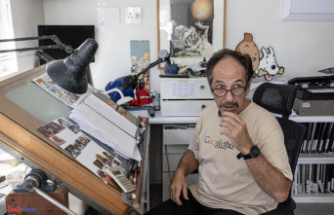For three decades, every November 19, International Men's Day has been celebrated.
It was a proposal by Thomas Oaster, director of the Center for Men's Studies at the University of Missouri in Kansas, in 1992.
With this special anniversary, the aim is to give visibility to men's health, highlight the contributions of men to society and promote gender equality, tolerance and peace.
Its existence for many is more than unknown, although its formal implementation began in 1999. However, it still lacks great recognition and social popularity compared to International Women's Day and March 8.
Support for this celebration in some countries due to their own popular culture is celebrated on March 19, the feast of San José and Father's Day. However, both celebrations have a very different meaning.
On the other hand, the WHO supports in its global health equity agenda that the gap between men and boys should be included with awareness actions. "Although in the 21st century (current) men continue to enjoy more advantages than women, this does not translate into better health outcomes for them," the organization highlights.
The term Movember comes from the fusion between the English words Moustacho (mustache) and November (November), a name that symbolizes the essence of the movement that consists of growing a mustache during the penultimate month of the year.
This action has become a viral campaign on social networks that aims to give value to men's health problems such as prostate cancer, testicular cancer or depression. The movement was born in the Australian city of Melbourne and, according to the organizers, has a prominent presence in 21 countries.
The campaign is managed by the Movember Foundation Charity. Its main objective seeks to reduce the number of preventable deaths and encourage men to know their family history of cancer and adopt a healthier lifestyle.
According to the criteria of The Trust Project












